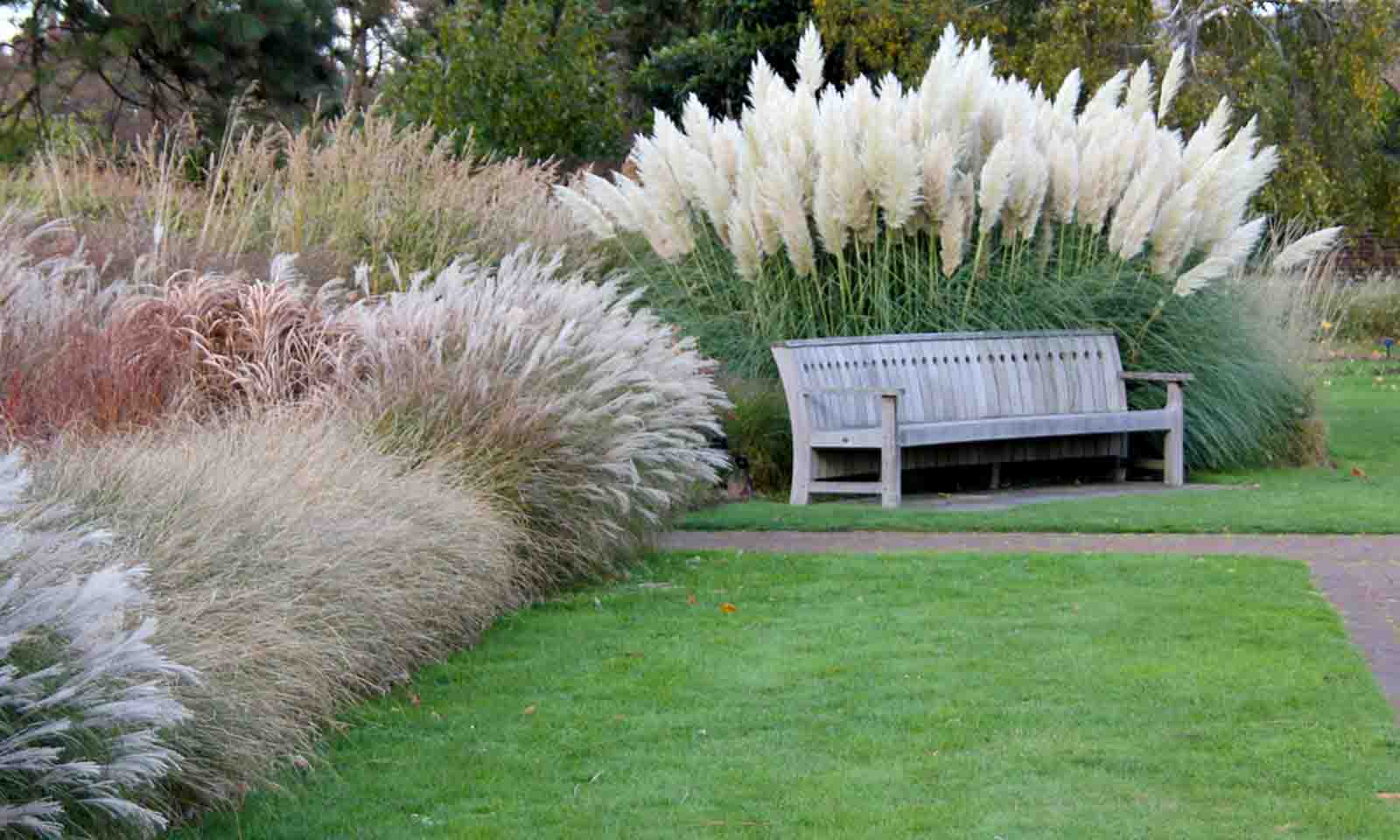The Gulf of California: Mexico’s Oceanic Treasure at a Crossroads- Nestled between the Baja California Peninsula and the Mexican mainland, the Gulf of California—also known as the Sea of Cortez—is one of the most unique marine environments on Earth. With its shimmering turquoise waters, rugged coastlines, and remarkable biodiversity, it has long fascinated scientists, adventurers, and conservationists alike. But beyond its natural beauty, the Gulf tells a deeper story: one shaped by ancient geological forces, modern development pressures, and a delicate ecological balance that now hangs in the balance.
A Sea Born of Tectonic Forces
The Gulf of California was not always a body of water. Its origin dates back millions of years when the Pacific Plate began to pull away from the North American Plate. This tectonic activity caused the Baja California Peninsula to slowly drift away from mainland Mexico, creating a rift that eventually flooded with ocean water. Today, the Gulf stretches over 1,100 kilometers from its southern opening near the tip of Baja California to the Colorado River Delta in the north.
Geologically, the Gulf remains highly active. Underwater ridges, faults, and deep basins indicate that the rifting process is still ongoing. In some parts, the sea floor drops more than 3,000 meters, creating varied underwater terrain that supports rich marine ecosystems. Unlike many other shallow continental seas, the Gulf’s depth allows it to host both coastal and deep-sea species, making it ecologically diverse and scientifically significant.
A Biodiversity Hotspot
Renowned oceanographer Jacques Cousteau once described the Gulf as the “Aquarium of the World.” This nickname is well deserved. The Gulf of California is home to over 900 species of fish, of which nearly 90 are found nowhere else. These include commercially important species like sardines, tuna, and snapper, as well as charismatic predators like hammerhead sharks and marlins.
In addition to fish, the Gulf supports a wide array of marine mammals such as dolphins, whales, and sea lions. Perhaps most famously, it is the only habitat of the vaquita porpoise, the world’s most endangered marine mammal, with fewer than 20 individuals estimated to remain.
The islands dotting the Gulf—over 900 in total—add to its ecological richness. Many are uninhabited and serve as critical nesting grounds for seabirds, as well as safe havens for endemic reptiles and plants. The region is so ecologically important that large portions of it have been declared UNESCO World Heritage Sites.
Economic Lifeline for Coastal Communities
The Gulf of California is more than just a natural wonder; it’s a lifeline for the communities that surround it. The waters support some of Mexico’s most productive fisheries, providing income and food security for thousands of families. Shrimp, squid, and various finfish are the backbone of the local fishing economy.
Tourism is another major contributor. Destinations like Cabo San Lucas, La Paz, and Loreto attract visitors from around the world for activities like scuba diving, sportfishing, and whale watching. The Gulf’s warm waters and abundant marine life make it a favorite for eco-tourism and adventure travel.
There’s also a historical element. For centuries, the Gulf was a source of natural pearls, giving rise to a thriving pearl industry during the colonial era. While large-scale pearl diving has faded, small-scale pearl farming continues in some areas.
Rivers That No Longer Reach the Sea
Despite its richness, the Gulf of California faces growing environmental challenges. Chief among them is the drastic reduction in freshwater inflow from rivers, especially the Colorado River. Historically, the Colorado carried fresh water and nutrients into the northern Gulf, creating wetlands and supporting a vast estuarine ecosystem. But massive dams and water diversions upstream, primarily in the United States, have left the river dry before it even reaches the sea in most years.
This loss of freshwater has altered the Gulf’s salinity and impacted fish breeding grounds, coastal vegetation, and migratory bird populations. What was once a vibrant delta at the river’s mouth is now largely barren land.
Overfishing and Industrial Pressures
Another pressing issue is overfishing. Decades of intensive fishing have depleted many species, especially those that are slow to reproduce. Illegal fishing, particularly the use of gillnets, has also contributed to the decline of species like the vaquita, which often get caught as bycatch.
Industrial development along the coast poses additional threats. Ports, shrimp farms, and real estate projects have led to habitat destruction, pollution, and increased human pressure on fragile ecosystems. Oil exploration in the region also raises concerns about potential spills and long-term ecological damage.
Climate change is adding yet another layer of stress. Rising sea temperatures and ocean acidification are impacting coral reefs, altering species distributions, and threatening the Gulf’s delicate ecological balance.
Conservation Efforts and Hope
Despite these challenges, there is hope. Conservation groups, scientists, and local communities are working together to protect and restore the Gulf’s ecosystems. Efforts include establishing marine protected areas, promoting sustainable fishing practices, and conducting extensive research to monitor species populations.
In some areas, community-led conservation programs have shown real success. Fishermen in parts of Baja California, for example, have agreed to no-fishing zones to help fish stocks recover. Ecotourism initiatives have also provided alternatives to extractive industries, generating income while protecting natural resources.
The plight of the vaquita has brought international attention to the Gulf. Though the situation remains dire, it has led to stricter fishing regulations and increased surveillance in protected zones.
In Summary
The Gulf of California is more than a picturesque seascape; it is a dynamic, living system shaped by ancient geology and modern human activity. Its importance—biological, cultural, and economic—cannot be overstated. Yet, like many natural treasures, it stands at a crossroads. Balancing development with conservation, and profit with protection, will determine the future of this remarkable sea.
If preserved wisely, the Gulf of California can continue to thrive—not just as a sanctuary for marine life, but as a sustainable source of livelihood, discovery, and wonder for generations to come.
Too Young for Alzheimer’s? That’s What Everyone Thinks… Read This First | Maya




